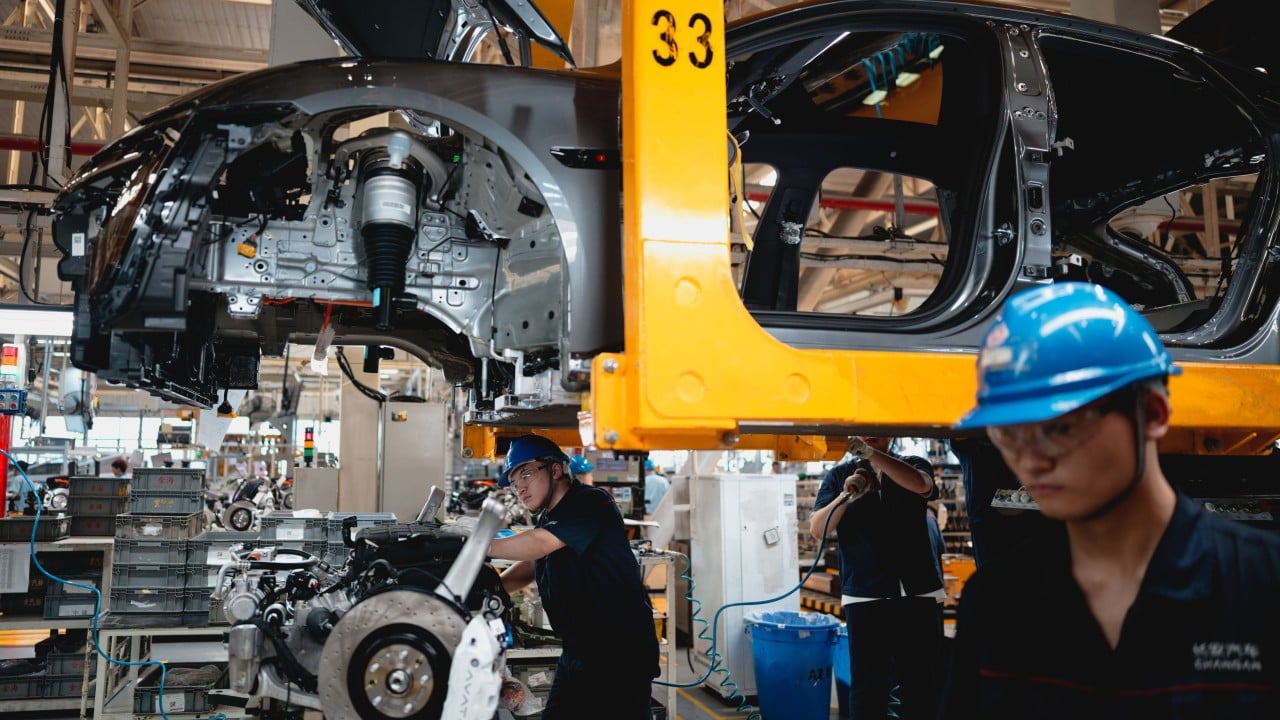China’s 15th five-year plan is more than a policy blueprint; it is a pivotal turning point. This plan and the next one will define an era of innovation-led growth, solidifying China’s status as a major power and peer competitor to the United States.
Advertisement
Since the reform and opening-up policy was launched, China’s economic development has had distinct phases. The 1978-1992 period marked the initial stage of opening up. Reform and opening-up was imperative in the wake of economic challenges after the Cultural Revolution.
After Deng Xiaoping’s southern tour in 1992, the principle of development being the top priority was clearly established. China’s 2021 accession to the World Trade Organization marked its full integration into globalisation, fuelling rapid economic growth that pushed it past Japan to become the world’s second-largest economy in 2010.
A major shift began in 2017 – the year Donald Trump took office as US president and when the 19th Communist Party National Congress was held – which marked the end of the “super-globalisation” era characterised by deep China-US economic interdependence. In 2018, the US unleashed a trade war on China.
Amid heightened strategic competition, the goal of achieving socialist modernisation by 2035 elevates the importance of five-year plans. Their success will determine China’s economic breakthroughs, whether its gross domestic product surpasses the US’ and the future of ties with Washington.
Advertisement
The nation must prioritise championing the fourth Industrial Revolution. China was essentially absent during the first and second industrial revolutions. While it capitalised on the third – the internet and information technology wave – it did not emerge as a front-runner. Today, however, China has shown its innovative potential by achieving global leadership in new energy vehicles, lithium batteries and solar photovoltaics.

